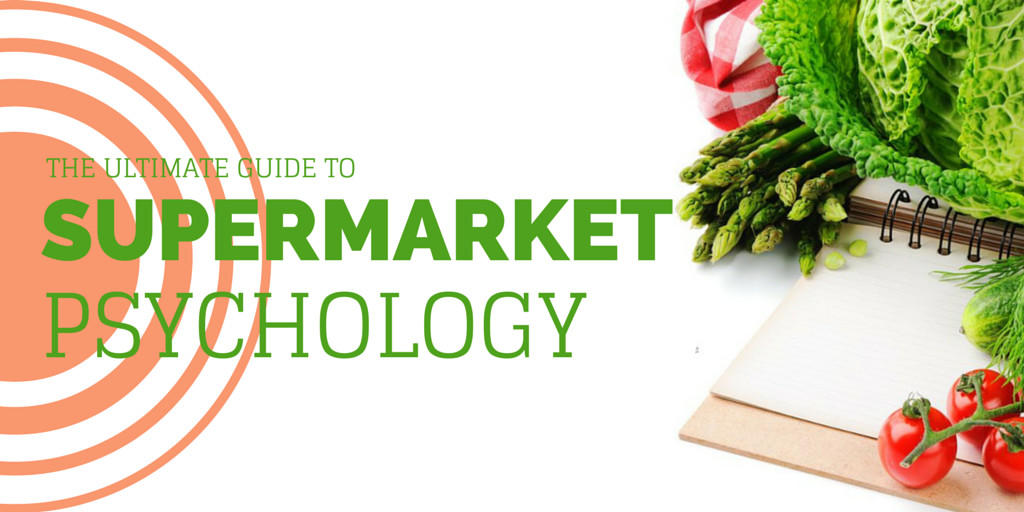In our first Path to Healthier Eating post, we talked about menu planning and how you can utilize a strategy to make your diet easy and healthy. Gathering recipes and planning your shopping list is the first step in navigating your healthy lifestyle. It can be one of the most exciting parts of staring a new path towards health. Perusing Pinterest for recipes and thinking about how to make your favorite recipes healthy is fun! Once you’ve thought of your menu for the week and have generated your shopping list, you are good to go! But what do you do once you arrive at the grocery store with your list in hand?
For a lot of people (myself included) this is one of the parts where things can often go awry. The psychology of grocery shopping relies heavily on habits. Recently, my local grocery store rearranged the aisles and I was shocked by how thrown off I was. A task that would usually take no time at all suddenly had turned into a complete lapse in memory for what I had even come for. This is a trick that grocery stores use to help move more products and generate more income.
Once you know how grocery stores and food manufacturers operate, it’s easier to recognize their tactics and avoid them. The best thing you can do is create your list and stick to it. Grocery shopping isn’t simple. We’re bombarded with very convincing marketing and the scary thing is that it works against us. According to environmental psychologist Paco Underhill, upward of 50% of everything we buy at the grocery store is an impulse purchase that we had never intended to buy.
Supermarket Marketing Tactic #1
They get you to buy things by saturating you with options. When you go in for only a carton of milk, you are exposed to an average of 64,000 products. The variety of products that you find in stores are not an accident. When you are presented with so many options, your brain reverts back to habits to make decision making easier. It puts you in a position where you are more vulnerable to buying extra boxes of Cheerios and a case of microwave mac and cheese.
Supermarket Marketing Tactic #2
The layout of the grocery store is also a huge opportunity for marketing. Loads of studies have been done that analyze every movement you make in stores. Procter and Gamble even has a fully functioning grocery store/laboratory that they use to research each purchase made by study participants.
They intentionally leave out indicators of time (windows, clocks, skylights, etc.) to keep you longer. The basic layouts of most grocery stores are all the same, and for good reasons. The first thing you typically see is a produce display filled with colorful fresh fruits and veggies. On the perimeters you’ll find dairy, meats, seafood, and bakery items. The necessities are intentionally dispersed throughout the backs and corners of the store knowing that you’ll have to pass other products to get there.
Studies have found that 9/10ths of shoppers turn right when they first enter the grocery store. They follow this pattern and place tempting products in your pathway.
Studies have also picked up on the “perimeter rule” that many people have begun following. You might have noticed that the perimeter has been infiltrated by things like paper goods, beer, or protein bars.
Supermarket Marketing Tactic #3
Free samples are one of the best parts of grocery shopping. Upon first glance, it appears that the samples are meant to get you to buy that certain product (and they are), but that tactic doesn’t work as well as we might have guessed. The real gains happen when you have sampled the product and moved on. That bite-sized sample has your taste buds enticed; it has you feeling hungry.
The smells, the small samples, and even their location in the store are strategic. It’s all part of the buying experience.
Now that you know how supermarkets operate, you can identify these tactics and know when to avoid them. The very best thing you can do is to do your research at home. Go into the store knowing exactly which products you want to buy and purchase mostly fruits and veggies. Stick to your list without succumbing to the subliminal allure of marketing.


